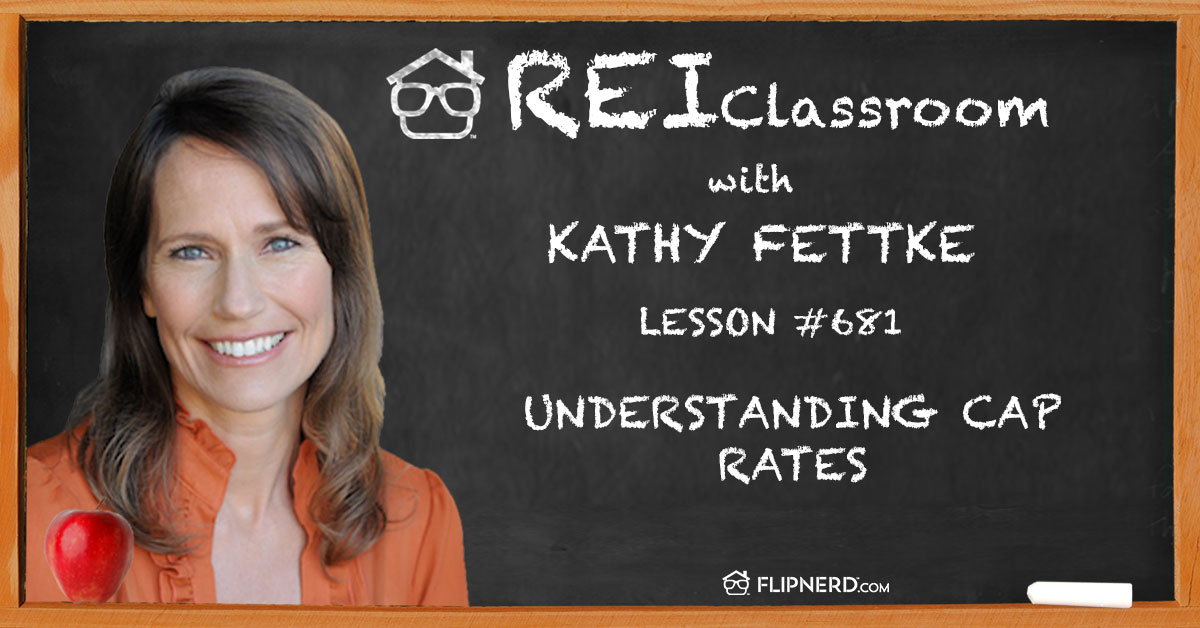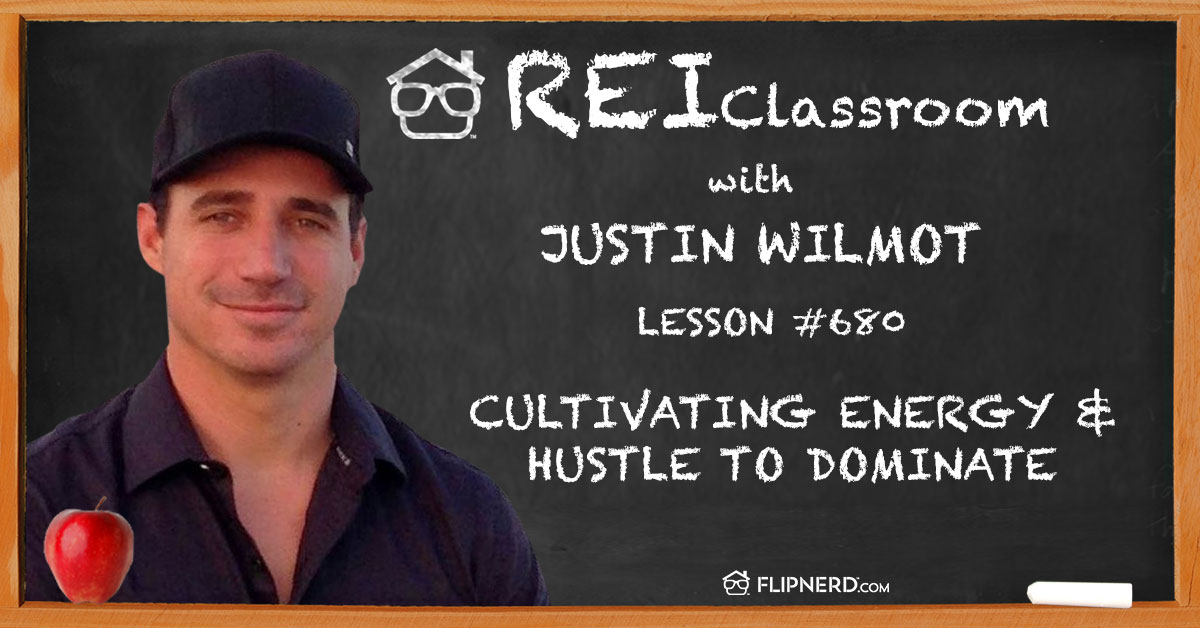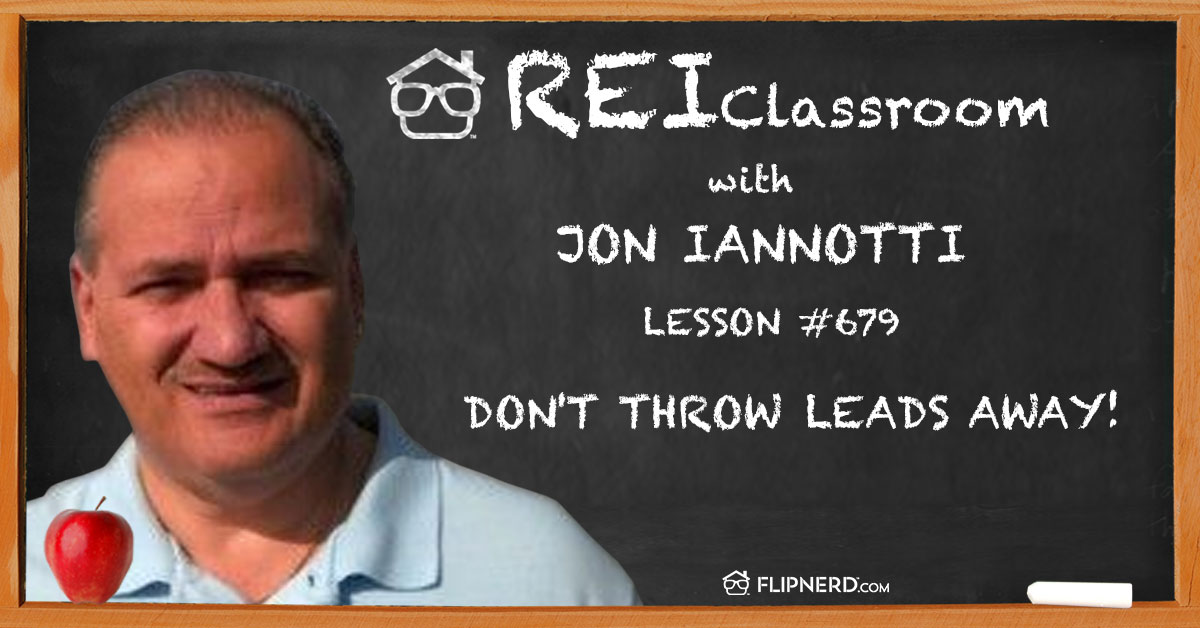Today’s REI Classroom Lesson
Gene Guarino discusses the differences in cash flow for renting a single family home to a family as opposed to turning it into a residential assisted living home.
REI Classroom Summary
Find out typical monthly rent for tenants in a residential assisted living home and how much money it can bring in after paying for caregivers, property managers, bills, food, etc.
Listen to this REI Classroom Lesson
Real Estate Investing Classroom Show Transcripts:
Announcer: Welcome back to the FlipNerd.com REI classroom, where experts from across the real estate investing industry teach you quick lessons to take your business to the next level. And now let’s meet today’s expert host.
Gene: Hello, this is Gene Guarino from the Residential Assisted Living Academy, your host for the REI classroom today. We’re going to be talking about how to follow the money, what does it really look like, and how much can you make with a single family home converted to a residential assisted living home.
Announcer: This REI classroom real estate lesson is sponsored by uglyopportunities.com.
Gene: So when we talk about the numbers, looking at that home itself, if you own the real estate and you want to convert it into a residential assisted living home, there’s a couple of choices you have. One would be to just own the home and lease it to an operator. I’m here to tell you that you can get up to twice the fair market rent by doing that. Twice the fair market rent is going to change your positive cash flow from a few hundred dollars to potentially a few thousand dollars a month. Significantly different.
Now the other way is you own the home and then you operate the business. So I’m going to go through those numbers because I want you to understand why you might want to get into this business or why somebody would be willing to pay you up to twice the fair market
rent.
So national average is, no matter where you are in the country, a private room in an assisted living is about $3,500 per month per person. So if your home is licensed for 10, and some states let you have 10, some 12, some up to 16, some unlimited. So I’m going to use the number 10. It makes it easy. That’s what it is in Arizona where I live. So $3,500 would be an average home.
Little secret. I’m going to encourage you to do this on an above average basis. Your expenses are pretty much the same but your income goes through the roof. But let’s stay average, $3,500 per person times 10. That’s potential gross income of $35,000. So just have that number in your head, $35,000. Yep, you’ll have some vacancies and so on.
But the expenses that you have, if you have people in the home you have to have caregivers taking care of them. And that caregiver is there 24 hours a day 7 days a week. So typically it’s a team of people, but up to 2, 3, 4 people, you can have one caregiver live-in taking care of them. So it is a full-time job but people don’t need tremendous care all day long. It’s on and off throughout the day. So again, one caregiver would be sufficient for 2, 3, maybe up to 4 residents.
So one caregiver, that’s one thing. When you first start the home you don’t need any caregivers. Once you move the first resident in, you need at least one. But by the time you have 10, you’re going to have two caregivers during the day and one caregiver at night. The bottom line is they earn about $10 an hour, give or take, so that comes out to about $12,000 dollars a month in expenses for just the caregivers. So 35 minus 12, there’s a start.
But then you should hire a manager. I don’t manage the properties myself, I have managers that operate it that hire the caregivers. Then there’s the food. The food’s not nearly as expensive as it is for you and I to go out to a restaurant. It’s about $5-6 per day per resident. I know that sounds inexpensive but it’s a lot cheaper to eat at home than it is to eat at a restaurant like you and I do. So $5-6 a day per resident, your food costs are under $2,000. Beyond that you have electricity, you’ve got cable bills, and so on. Figure $20,000 in expenses.
So the only thing left is the mortgage payment, the debt service, or even lease if you’re leasing the property from someone else or from yourself, which is what I do. Have the real estate in one entity and have the business in another entity. Lease it from yourself.
That will increase the value of your real estate and also it separates it from a liability standpoint.
So $35,000 potential gross income, figure $20,000 dollars in expenses when your house is full. It’s not that from day 1. It increases as your resident census increases. Then you have the debt service or the rent if there is any. So let’s take out $5,000 for that. For $5,000 dollars you can rent or own a pretty nice home. So $20,000 plus $5,000 is $25,000. So if I have $35,000 gross income and I subtract $25,000, well, that leaves $10,000 for you, the owner and operator of that real estate, the owner and operator of that residential assisted living home.
So owning the real estate is one, you can lease it to an operator for up to twice the fair market rent. Or you can own and operate, which is what I do. Hire the manager, they hire the caregivers and operate that business and that $10,000 a month. The reason why I said I like to focus on the upper middle class is that’s average. If you have the same home but you’re able to charge $4,500 a month, well, all of a sudden there’s $10,000 more on the table and the only thing extra might be it might be a little nicer house.
A few extra thousand dollars, let’s call it $2,000 more to have a home that’s worth $300,000 more than the house I was just describing. How many of you would be willing to pay $3,000 a month in order to receive 10,000 a month? Pretty simple math. So the expenses are pretty much the same, what we want is to have that higher income resident. So if you’re interested in learning more about the residential assisted living opportunities, keep watching right here at the REI classroom.
Announcer: HomeVestors, the “We Buy Ugly Houses” folks, is a franchised system of hundreds of real estate investors that have purchased over 65,000 houses. If you’d like to learn more about the most powerful real estate investing system in existence, whether you’re a pro looking to take your business to the next level or whether you have no experience at all but a burning passion to be successful at real estate investing, please visit FlipNerd.com/ugly to learn more.
Please note the views and opinions expressed by the individuals in this program do not necessarily reflect those of FlipNerd.com or any of its partners, advertisers or affiliates. Please consult professionals before making any investment or tax decisions, as real estate investing can be risky.
Are you a member yet of FlipNerd.com, the hottest real estate investing social community online? If not, you can join for free in less than 30 seconds and get access to hundreds of off-market deals, vendors in your market to help you and your business, and you can start networking with thousands of other investors just like you. Get your free account now at FlipNerd.com.
Please check out the FlipNerd family of real estate investing shows where you can access hundreds of expert interviews, quick tips, and lessons from leaders across the real estate investing industry. They’re available at FlipNerd.com/shows or simply search for FlipNerd in the iTunes store.










